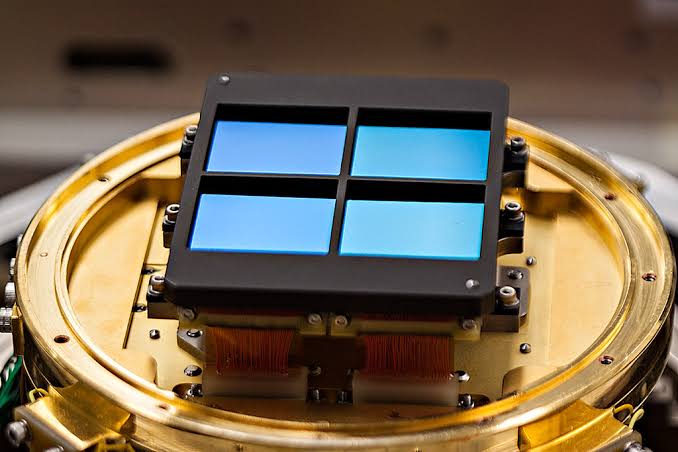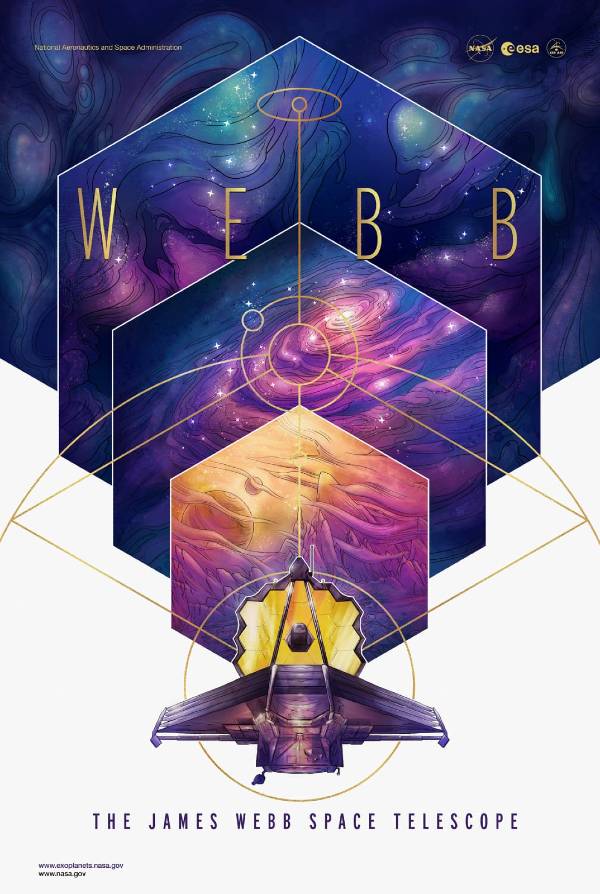The Webb team is now commissioning the observatory’s four powerful science instruments after aligning the telescope optics and equipment. We are going to look at 17 various instrument “modes.” NASA’s James Webb Space Telescope will be ready to commence scientific operations after all 17 of these modes have been approved.
Significance Of These Modes
Each mode has a set of observations and analysis that must be validated, although the team does not intend to finish them in the order given below. Some of the modes will not be tested until the very end of the commissioning process.
There are a lot of complex activities and functions that these modes will be performing. Here are only a few examples; each mode will be used for a variety of targets, and the majority of Webb’s science targets will be examined using several instruments and modes.
The whole list of peer-reviewed observations anticipated for Webb’s first year of science spans our solar system to the farthest galaxies.
1. Imaging with a Near-Infrared Camera (NIRCam).
Near-infrared imaging will capture images in the 0.6 to 5.0 micrometre wavelength range of visible to near-infrared light. This mode will be used for nearly all aspects of Webb science, including deep fields, galaxies, star-forming regions, and planets in our own solar system.
The Hubble Ultra-Deep Field is an example target in a Webb cycle 1 programme using this mode.

2. NIRCam Wide Field Spectroscopy.
Spectroscopy divides detected light into distinct colours. Slitless spectroscopy spreads light across the entire instrument field of view, allowing us to see the colours of every object visible in the field.
Slitless spectroscopy in NIRCam began as an engineering mode for aligning the telescope, but scientists quickly realised that it could also be used for science. As an example, consider distant quasars.
3. Coronagraphy With NIRCam.
When a star has exoplanets or dust discs orbiting it, the star’s brightness usually outshines the light reflected or emitted by the much fainter objects in its vicinity.
Coronagraphy detects the light from its planets by blocking off the starlight with a black disc in the apparatus. The gas giant exoplanet HIP 65426 b is an example of a target.
4. Imaging With NIRCam Time Series Observations.
The majority of cosmic objects change over long durations compared to human lifetimes, yet certain things change quickly enough for us to see. To keep an eye on those changes, time series observations read out the devices’ detectors quickly. A magnetar, a pulsing neutron star, is an example of a target.
5. Observations From The NIRCam Time Series – grism.
When an exoplanet crosses the disc of its host star, light from the star can travel through the planet’s atmosphere, allowing scientists to use spectroscopy to identify the composition of the atmosphere.
Scientists can even analyze light reflected or emitted by an exoplanet that passes behind its home star.
Example-
Lava rain on the super-Earth-sized exoplanet 55 Cancri e is an example target.
6. Multi-object spectroscopy with a Near-Infrared Spectrograph (NIRSpec).
Slitless spectroscopy obtains spectra of all things in the field of view, but it also allows numerous objects’ spectra to overlap, and background light diminishes sensitivity.
NIRSpec has a microshutter device with a quarter-million small shutters that can be controlled.
Scientists can collect clear spectra of up to 100 sources at once by opening and closing shutters when an intriguing object is present. The Extended Groth Strip deep field is an example target.
7. Fixed slit spectroscopy with NIRSpec.
NIRSpec contains a few fixed slits in addition to the microshutter array that enable the highest sensitivity for spectroscopy on particular targets. Detecting light from a kilonova, a gravitational-wave source, is an example goal.
8. NIRSpec spectroscopy with integral field units.
Instead of a single point, integral field unit spectroscopy generates a spectrum for each pixel in a limited region, resulting in 900 spatial/spectral elements.
This mode provides the most detailed information about a single target. A faraway galaxy amplified by gravitational lensing is an example target.
9. Time series of NIRSpec bright objects.
NIRSpec is capable of obtaining a time series spectroscopic observation of transiting exoplanets and other fast changing objects.
Following a hot super-Earth-size exoplanet for a full orbit to map the planet’s temperature is an example aim.
10. Single item slitless spectroscopy with the Near-Infrared Imager and Slitless Spectrograph (NIRISS).
NIRISS pulls the star out of focus and scatters the light over several pixels to prevent overwhelming the detectors when looking for planets orbiting some of the brightest nearby stars. Small, potentially rocky exoplanets are an example target. 1b and 1c TRAPPIST.
11. NIRISS slitless wide field spectroscopy.
A slitless spectroscopy mode in NIRISS is designed for identifying and studying faraway galaxies. This mode will be very useful for discovering new items that we weren’t aware of before. A pure parallel search for active star-forming galaxies is an example target.
12.Interferometry with NIRISS aperture masking.
In a procedure known as aperture masking interferometry, NIRISS uses a mask to filter light from 11 of the 18 principal mirror segments.
This allows for high-contrast imaging, allowing for the detection and resolution of faint sources near to bright sources in images. A binary star with clashing stellar winds is an example target.
13. Imaging with NIRISS.
NIRISS offers an imaging capacity that works as a backup to NIRCam imaging because of the relevance of near-infrared imaging. In science, this is generally utilised while other equipment are conducting another inquiry so that the observations cover a greater overall region. A Hubble Frontier Field gravitational lensing galaxy cluster is an example target.
14. MIRI imaging (Mid-Infrared Instrument).
MIRI imaging will extend Webb’s photos from 5 to 27 microns, the mid-infrared wavelengths, just as near-infrared imaging with NIRCam will be used on practically all types of Webb objects.
The distributions of dust and cold gas in star-forming regions in our Milky Way galaxy and other galaxies will be visible using mid-infrared imaging. A neighbouring galaxy, Messier 33, is an example of a target.
15. Low-resolution spectroscopy with MIRI.
MIRI’s low-resolution spectroscopy, which uses wavelengths between 5 and 12 microns, can examine fainter sources than its medium-resolution spectroscopy.
Low resolution is frequently used to examine the surface of things, such as to assess their composition. Pluto’s moon Charon, for example.
16. MIRI is a medium-resolution spectroscopic technique.
Over its whole mid-infrared wavelength range of 5 to 28.5 microns, MIRI can perform integral field spectroscopy. This is where spectral fingerprints from molecules and dust are quite strong. Molecular targets in planet-forming discs are one example.
17. Coronagraphic imaging with MIRI.
MIRI’s coronagraphy consists of two types: a light-blocking spot and three four-quadrant phase mask coronagraphs. These will be used to directly discover exoplanets and investigate their host stars’ dust discs. Searching for planets around Alpha Centauri A, our nearest neighbour star, as an example.
Conclusion
This stage is the most crucial one as webb has to show what it can really do, as its commissioning is now complete. The James Webb telescope contains many important devices that help it to see through the vastness of space even space dust and clouds can’t stop this telescope from searching for possible discoveries waiting to unravel itself.
